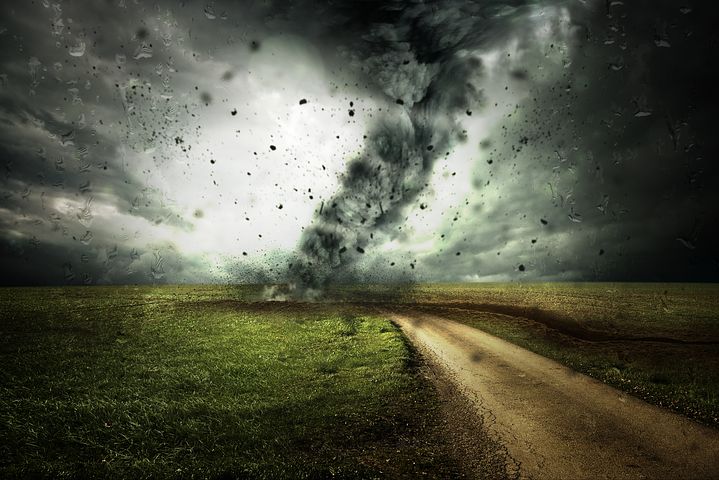
01/07/22 01:05 AM IST


|
Bangladesh |
Nisarga |
Biparjoy |
Arnab |
Upakul |
Barshon |
Rajani |
Nishith |
|
India |
Gati |
Tej |
Murasu |
Aag |
Vyom |
Jhar |
Probaho |
|
Iran |
Nivar |
Hamoon |
Akvan |
Sepand |
Booran |
Anahita |
Azar |
|
Maldives |
Burevi |
Midhili |
Kaani |
Odi |
Kenau |
Endheri |
Riyau |
|
Myanmar |
Tauktae |
Michaung |
Ngamann |
Kyarthit |
Sapakyee |
Wetwun |
Mwaihout |
|
Oman |
Yaas |
Remal |
Sail |
Naseem |
Muzn |
Sadeem |
Dima |
|
Pakistan |
Gulab |
Asna |
Sahab |
Afshan |
Manahil |
Shujana |
Parwaz |
|
Qatar |
Shaheen |
Dana |
Lulu |
Mouj |
Suhail |
Sadaf |
Reem |
|
Saudi |
Jawad |
Fengal |
Ghazeer |
Asif |
Sidrah |
Hareed |
Faid |
|
Sri Lanka |
Shakhti |
Gigum |
Gagana |
Verambha |
Garjana |
Neeba |
|
|
Thailand |
Sitrang |
Montha |
Thianyot |
Bulan |
Phutala |
Aiyara |
Saming |
|
UAE |
Mandous |
Senyar |
Afoor |
Nahhaam |
Quffal |
Daaman |
Deem |
|
Yemen |
Mocha |
Ditwah |
Diksam |
Sira |
Bakhur |
Ghwyzi |
Why is it important to name cyclones?
Benefits of naming : Naming of tropical cyclones helps the scientific community, disaster managers, media and general masses to
When it was agreed to name the Tropical cyclones ?
Who categorises cyclones in India over Bay of Bengal and Arabian Sea?
|
Type of disturbance |
Wind speed |
|
Low-pressure area |
Less than 31 km per hour |
|
Depression |
31-49 km per hour |
|
Deep depression |
50-61 km per hour |
|
Cyclonic storm |
62-88 km per hour |
|
Severe cyclonic storm |
89-117 km per hour |
|
Severe cyclonic storm |
118-167 km per hour |
|
Very severe cyclonic storm |
168-221 km per hour |
|
Super cyclonic storm |
222 km per hour and higher |
India Meteorological Department (IMD)
IMD Mandate
How are the cyclones named?

17 Sep
'Dehradun and several other districts in Uttarakhand have experienced very heavy rainfall over the past few days, triggering landslides in multiple areas and causing rivers to swel
Read More
08 Sep
'The Rajasthan Coaching Centres (Control and Regulation) Bill, 2025, is a significant piece of legislation passed by the Rajasthan Assembly to regulate and oversee the state's burg
Read More
28 Aug
'Recently, the Indian Space Research Organisation (ISRO) successfully carried out its first Integrated Air Drop Test (IADT-1), a crucial milestone in the preparation for the countr
Read More